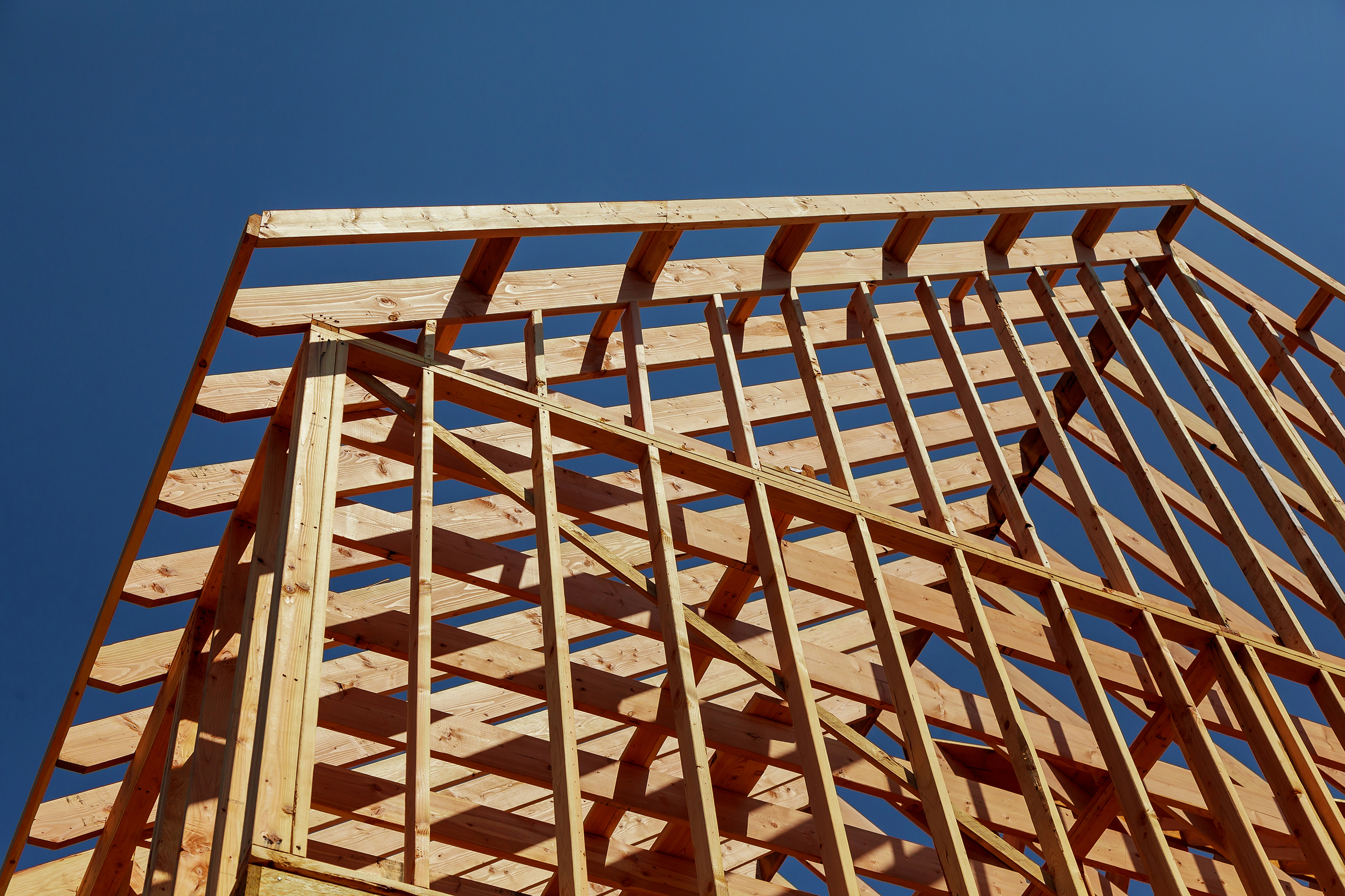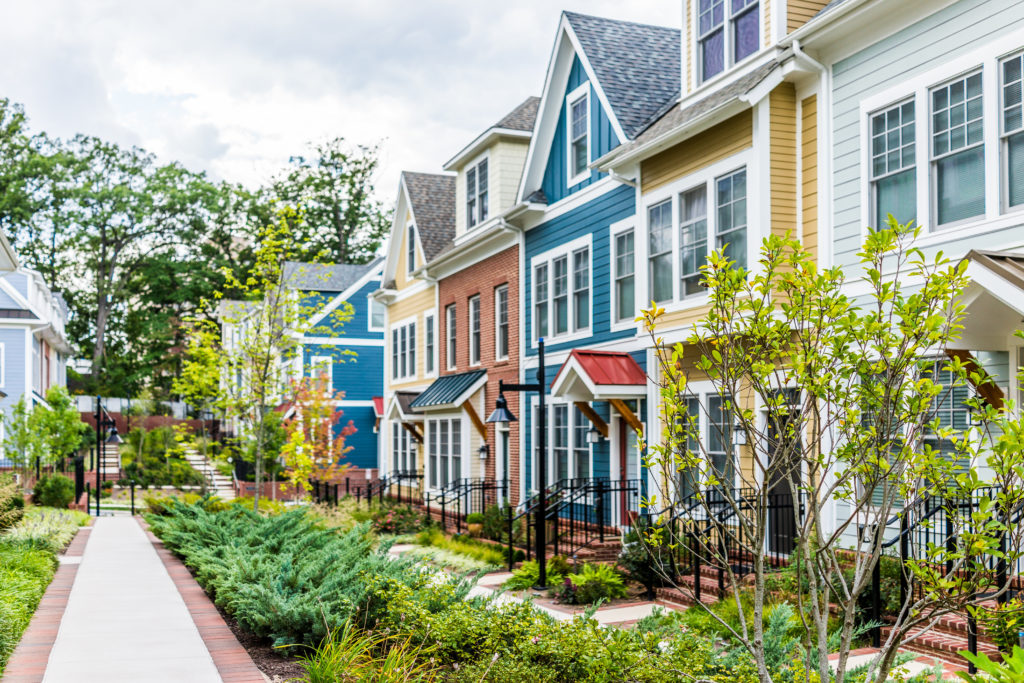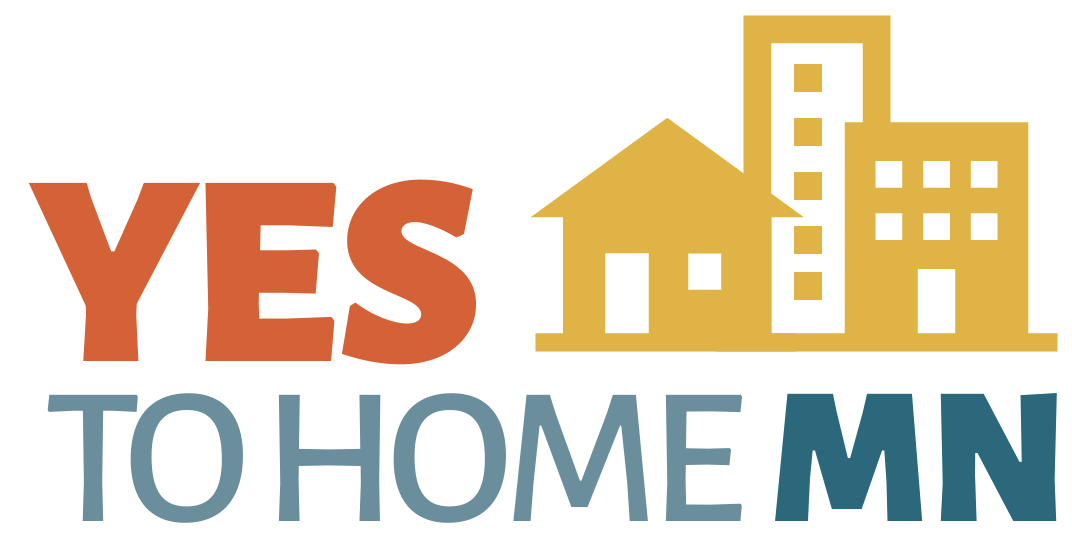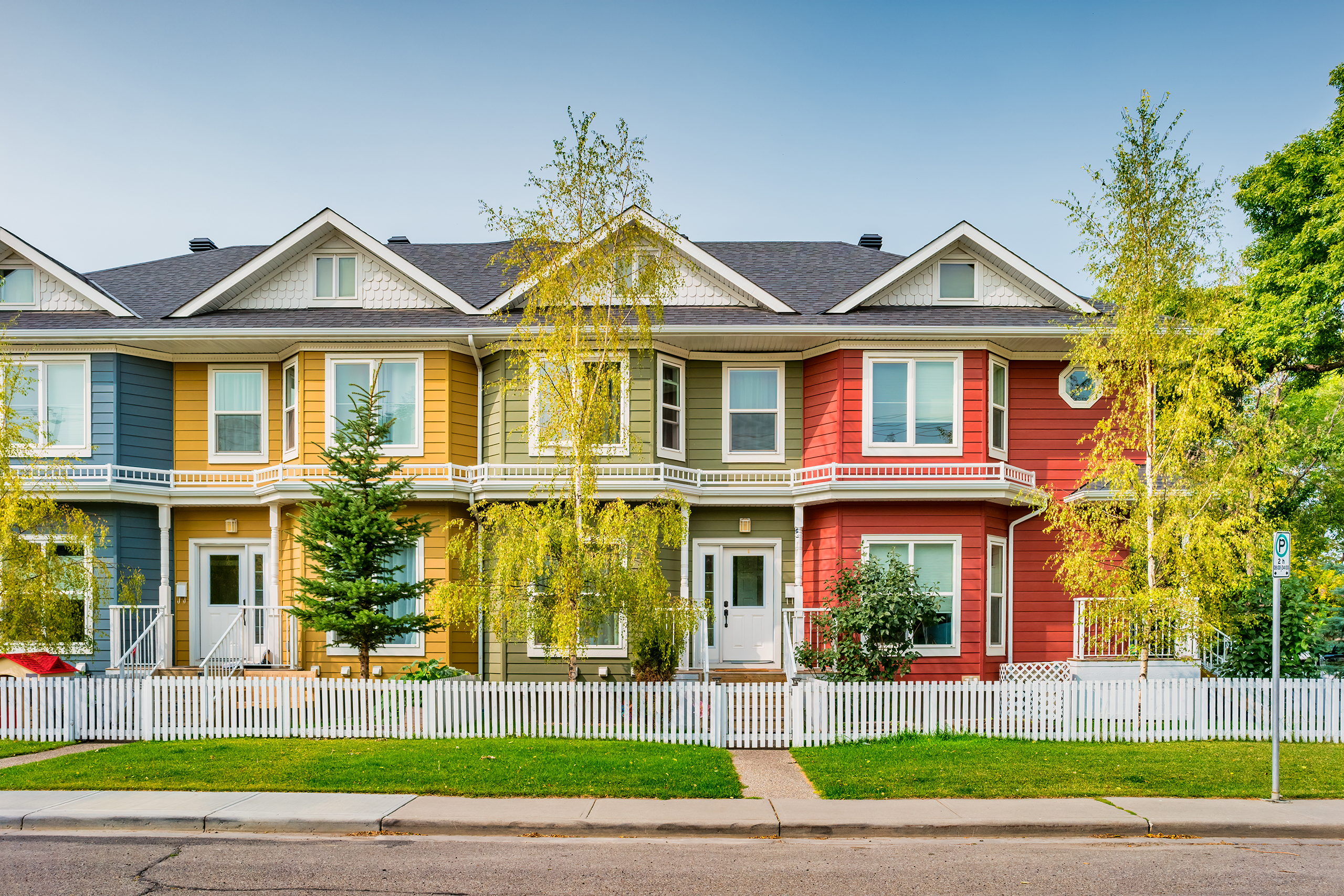
The Solutions
Minnesota needs more housing, and the housing we build must be more affordable. Unfortunately, our state’s current housing policies are not equipped to take on the challenge.
Across the country, communities are working to address their housing shortage through a tested framework. This framework can increase the number of homes, combat rising prices, reduce new housing costs, and provide more of the homes, condos, and apartments that Minnesotans need. By taking action this session, lawmakers can remove barriers and address our housing shortage in Minnesota.
Build More Homes & Apartments Through:

1. Minnesota Starter Home Act (SF 2229 / HF 1987)
This bill aims to make starter homes an option again for Minnesota families and allow more home choices in both new and existing communities. It would allow smaller lots, duplexes, ADUs, and townhomes in residential zones. The bill also establishes a process for administrative approvals, ensuring local governments review and approve projects within a reasonable timeframe. Guardrails are established to guarantee that these new homes can be built in practice–not just on paper–and prohibits exclusionary practices.

2. More Homes, Right Places Act (SF 2231 / HF 2140)
This bill will require cities to allow more home choices–duplexes, triplexes, fourplexes, and townhomes–near important commercial corridors with community amenities. It allows cities to choose where to direct more homes to be built to encourage more housing in places people live, work, and play. Cities will allow these home types through administrative approval processes, with minimum standards in place to guarantee these new homes can be built.
3. Transforming Main Street Act (SF 2286 / HF 2018)
This bill permits condos, apartments, and mixed-use developments in commercial zones through administrative approval, following a set timeframe. Allowing more homes near jobs will help revitalize old office buildings and underused strip malls, while enabling more people to live close to jobs. Guardrails are established to guarantee these new homes are not just allowed on paper but can be built in practice, and exclusionary practices are banned.
4. People Over Parking Act (SF 1268 / HF 1309)
This bill builds off amendments to 2024’s proposed parking reform bill and focuses on lifting parking mandates across the state. Parking reform is one of the central land use reforms that not only increases affordability but also addresses the supply shortage. Property owners will determine how much paved parking is required for the use of the property.
5. Freedom in Home Design Act (SF 2836 / HF 2013)
This bill seeks to increase affordability by addressing a common exclusionary zoning tactic: aesthetic requirements–the mandated use of luxury products or other premium upgrades as the minimum construction standard. The state building code will still be in effect, preserving regulations related to safety, durability, or energy-efficiency.

